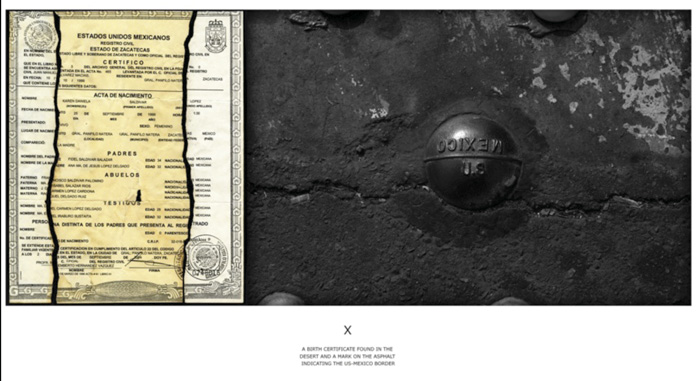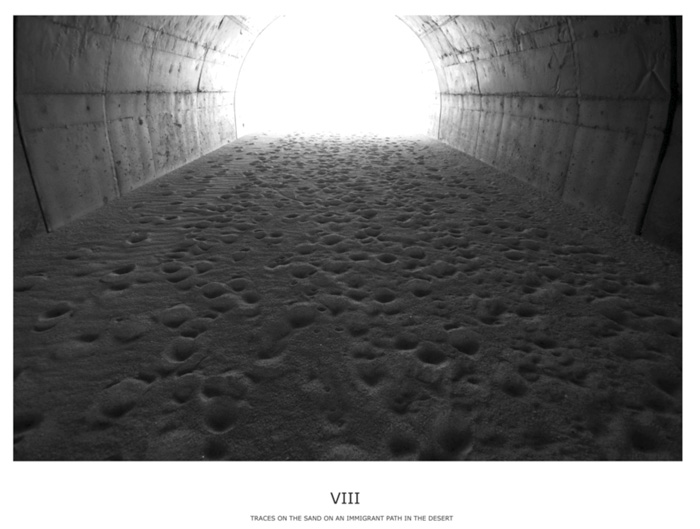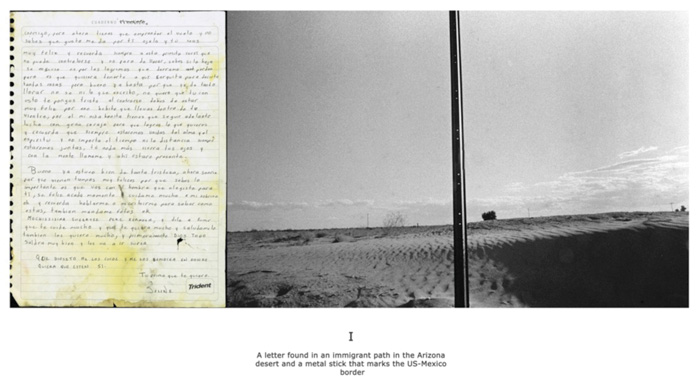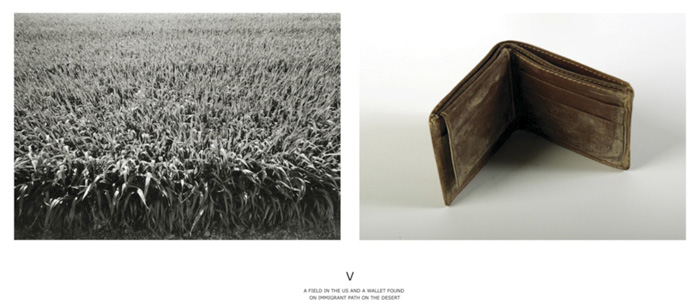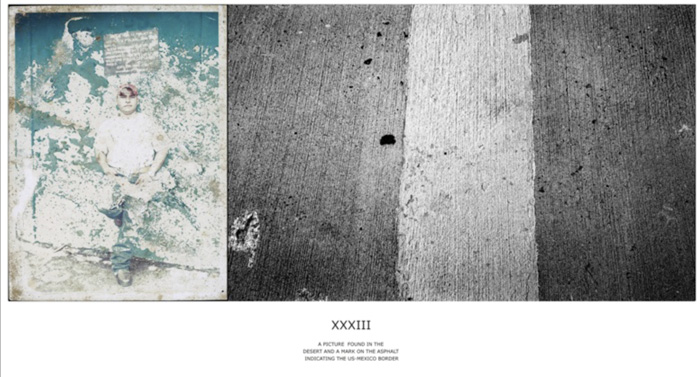Hector Mata Studio
The American photographer Hector Mata has evolved a potent approach to both conceptual photography and video during the last decade. This has given a striking, thought-provoking turn to his recent work in the visual arts, in which he addresses contemporary issues.
If before, when he was in his twenties, his stance was that of a trueblood photojournalist, he has developed a fine visual proposal, partly based on a quest for information that converses with both the research aspects and the empathy of the individual engaging in photojournalism; and partly, on the ethos of contemporary visual narratives. Through the use of subtle conceptual filters, Mata puts the accent on the displacement of the experience of the real, in the construction of his photographic images, and introduces framing devices to channel emotion. In video, Mata has fused his penchant for the construction of meaning through the carefully-structured visuality of the images and the expressive generation of rhythm through editing, with a stark viewpoint on objects and individuals that reveals his understanding of the man in the street as an actor in everyday life: one whose destiny can change dramatically in the heat of the moment but who is also known to rise to the situation and transform the commonplace by the sheer impulse to reject all the givens. The characters in his video narratives, more often than not are heroes without the heroics the public wants to see; and it is interesting to consider that Mata, for one, does not appear to be interested in portraying self-invented and promoted anti-heroes.
In his recent work, Mata is exploring the experience of the moving image from the perspective of the viewer, inducing the participant into an hypnotic trance. The world described in recent videos show us what it appears to be urban landscapes in perpetual motion. A dirty, abstract view of cities in their constant transformation. The use of sound that he carefully design accelerates the sense of fluidity and the non permanence of matter. Reality as we perceive it, is gone. A new reality replaces it.
Limbo
Hector Mata, Photographer, became the witness of the illegal immigration that crosses the border between the US and Mexico. A witness also of what it might be its sad consequence: the uprooting of a nation. He never pretended to be a key witness, but he achieved the compromise to be the witness to something that for most of us it is so obvious, that it does not seemed to be relevant.
Now that he does not cover extensively the geography of the border, as it was the case at the beginning, any exhibit that exposes his privileged and peculiar experience as a witness, renew his vision and without an explicit intention from his part, this vision becomes universal in the answer it provides for those who observe and empathize with what it is found in this Limbo.
Mata has made photography his tool, but he took a clear approach before the act of photographing. To begin with, he choose to ignore the practice so common in situations such as the one he faced: to generate news about or around the issue of immigration; or that of talking about immigration giving the word to the immigrants. He also avoided the documentarian style, the one that attempts to go deep into the explanation of a phenomenon full of life experiences and emotional scares and that it pretends to be unfolded extensively. His approach does not relate to a political post-humanism type of photography, instead he explores the fairly new territory in which the neo-conceptual art marries the contemporary documentary photography. Mata’s work, emanate a poetic halo that lands in all his images and objects found on the desert that are also photographed.
He founds a general tone of intimacy to describe the not so official history, through in part, with the extreme discipline with which he assumes the photographic practice: an art without emotional outbursts but with a contained compassion. In part as well with the chosen format: in its small dimensions, against the common modern practice of big format prints (he has chosen only two large prints that becomes walls in accordance to the videos he projects), dignifying orphanhood and dispossession as well as illuminating the absence and lost. The rigor that his work has been going through in its construction, says also that as an artist, he indentifies and builds, at the conceptual level, the fragments of knowledge that he has develop on the subject. An ethical point of view articulates this neo-conceptual proposal and transforms it, feeding it with its potential social influence.
The immigration carries a sense of separation, always unique to each immigrant and the witness must to become just that, a witness, beginning with his approach to the subject. Hector Mata touches us at the emotional level and forces us to think about this subject without being omnipresent, something that, in the current world of the visual arts, is so common ground.
And this a major success, clean, powerful and very original.
Jorge Villacorta Chavez, Lima Junio 2012
The series includes 28 untitled images, numbered non-consecutively in roman numbers. In 2011 the artist created an edition of five, numbered from 1 to 5 and two artist proofs.
Hector Mata Studio
The American photographer Hector Mata has evolved a potent approach to both conceptual photography and video during the last decade. This has given a striking, thought-provoking turn to his recent work in the visual arts, in which he addresses contemporary issues.
If before, when he was in his twenties, his stance was that of a trueblood photojournalist, he has developed a fine visual proposal, partly based on a quest for information that converses with both the research aspects and the empathy of the individual engaging in photojournalism; and partly, on the ethos of contemporary visual narratives. Through the use of subtle conceptual filters, Mata puts the accent on the displacement of the experience of the real, in the construction of his photographic images, and introduces framing devices to channel emotion. In video, Mata has fused his penchant for the construction of meaning through the carefully-structured visuality of the images and the expressive generation of rhythm through editing, with a stark viewpoint on objects and individuals that reveals his understanding of the man in the street as an actor in everyday life: one whose destiny can change dramatically in the heat of the moment but who is also known to rise to the situation and transform the commonplace by the sheer impulse to reject all the givens. The characters in his video narratives, more often than not are heroes without the heroics the public wants to see; and it is interesting to consider that Mata, for one, does not appear to be interested in portraying self-invented and promoted anti-heroes.
In his recent work, Mata is exploring the experience of the moving image from the perspective of the viewer, inducing the participant into an hypnotic trance. The world described in recent videos show us what it appears to be urban landscapes in perpetual motion. A dirty, abstract view of cities in their constant transformation. The use of sound that he carefully design accelerates the sense of fluidity and the non permanence of matter. Reality as we perceive it, is gone. A new reality replaces it.
